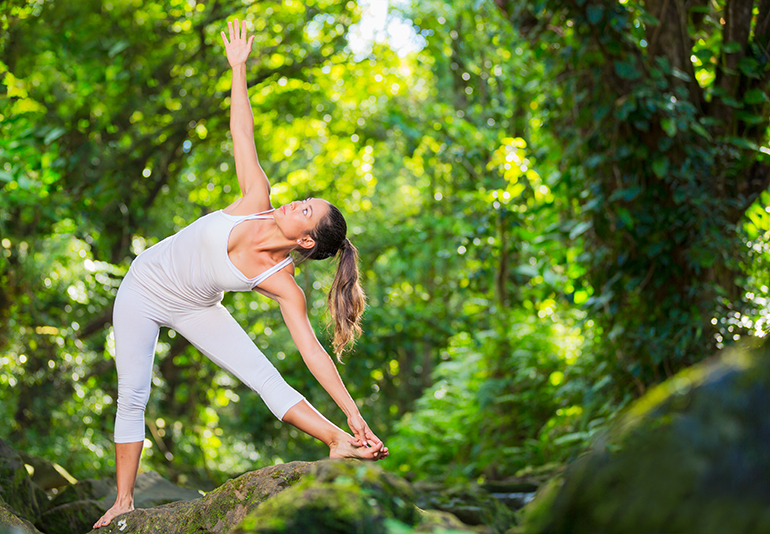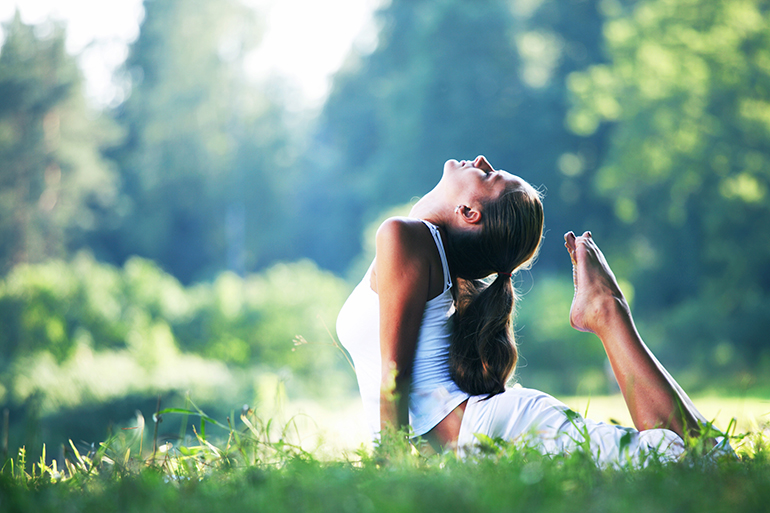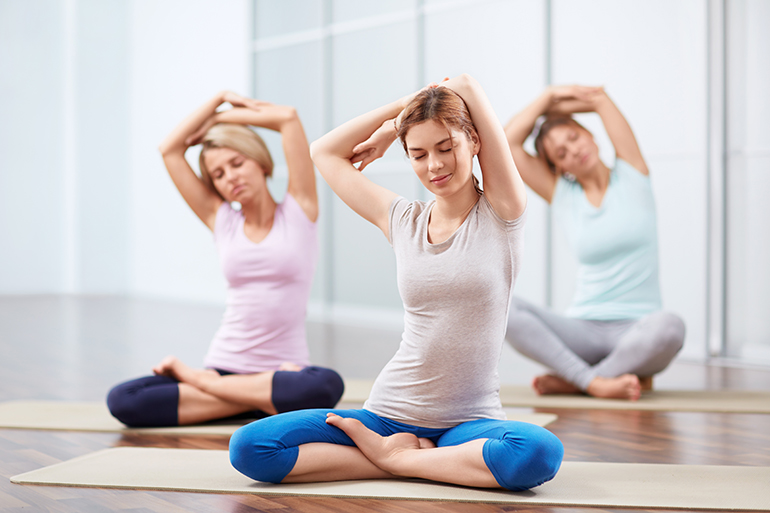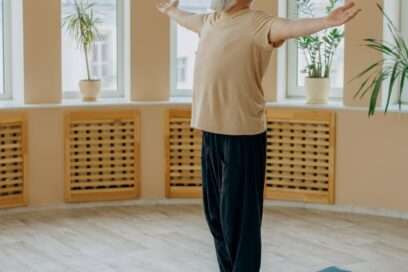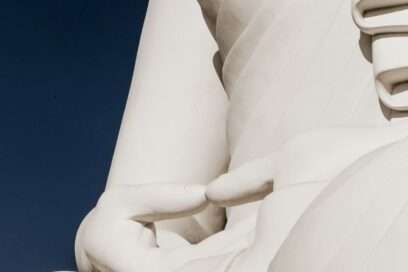The Power of Breathing: Pranayama Techniques for Yoga Practitioners
Breathing is something that we all do without much thought, but did you know that the way we breathe can have a profound impact on our physical, mental, and emotional well-being? In the practice of yoga, the breathing techniques, or pranayama, are considered one of the most important aspects of the practice. In this blog, we will explore the power of breathing and some pranayama techniques that yoga practitioners can use to enhance their practice.
What is Pranayama?
Pranayama is a Sanskrit word that means “extension of the breath.” It is a practice that involves controlling the breath through a variety of techniques. According to yoga philosophy, prana is the life force energy that animates all living things, and pranayama is the practice of harnessing and directing that energy through the breath. By controlling the breath, we can influence the flow of prana through the body, which can have a profound impact on our physical, mental, and emotional states.
The Power of Breathing
Breathing is an essential bodily function that provides our bodies with oxygen and removes carbon dioxide. However, the way we breathe can also affect our nervous system, our emotional state, and even our immune system. When we breathe deeply and slowly, we activate the parasympathetic nervous system, which is responsible for the body’s “rest and digest” response. This can help to reduce stress and anxiety, lower blood pressure, and improve digestion.
On the other hand, when we breathe shallowly and rapidly, we activate the sympathetic nervous system, which is responsible for the body’s “fight or flight” response. This can lead to increased stress, anxiety, and tension in the body. By practicing pranayama techniques, we can learn to control our breath and activate the parasympathetic nervous system, which can have a profound impact on our physical, mental, and emotional well-being.
Pranayama Techniques
Ujjayi Pranayama:
This is a deep breathing technique that involves constricting the back of the throat to create a soft hissing sound as you inhale and exhale. This can help to slow down the breath and promote relaxation.
Nadi Shodhana Pranayama:
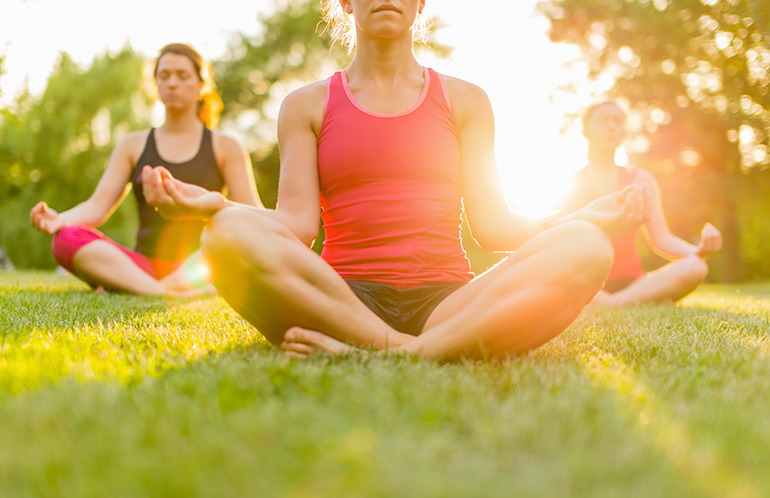
This is a alternate nostril breathing technique that involves breathing in through one nostril and out through the other. This can help to balance the flow of prana through the body and promote mental clarity.
Kapalbhati Pranayama:
This is a rapid breathing technique that involves exhaling forcefully through the nose while keeping the inhalations passive. This can help to increase the flow of prana through the body and stimulate the digestive system.
Bhramari Pranayama:
This is a humming bee breath technique that involves inhaling deeply and then humming as you exhale. This can help to calm the mind and reduce stress and anxiety.
Sheetali Pranayama:
This is a cooling breath technique that involves rolling the tongue into a tube shape and inhaling through the mouth. This can help to cool the body and reduce stress and anxiety.
Conclusion
Pranayama techniques are a powerful tool for yoga practitioners who want to enhance their practice and improve their overall well-being. By controlling the breath, we can influence the flow of prana through the body, which can have a profound impact on our physical, mental, and emotional states. Whether you are a beginner or an experienced practitioner, incorporating pranayama techniques into your yoga practice can help you to achieve greater balance, clarity, and relaxation in your life.


